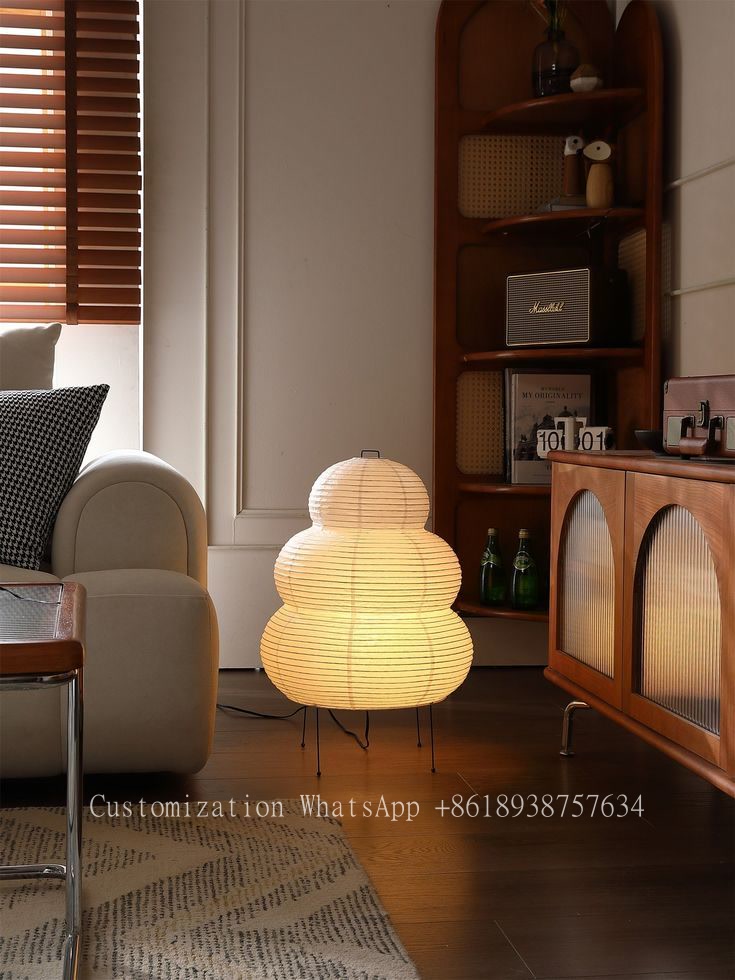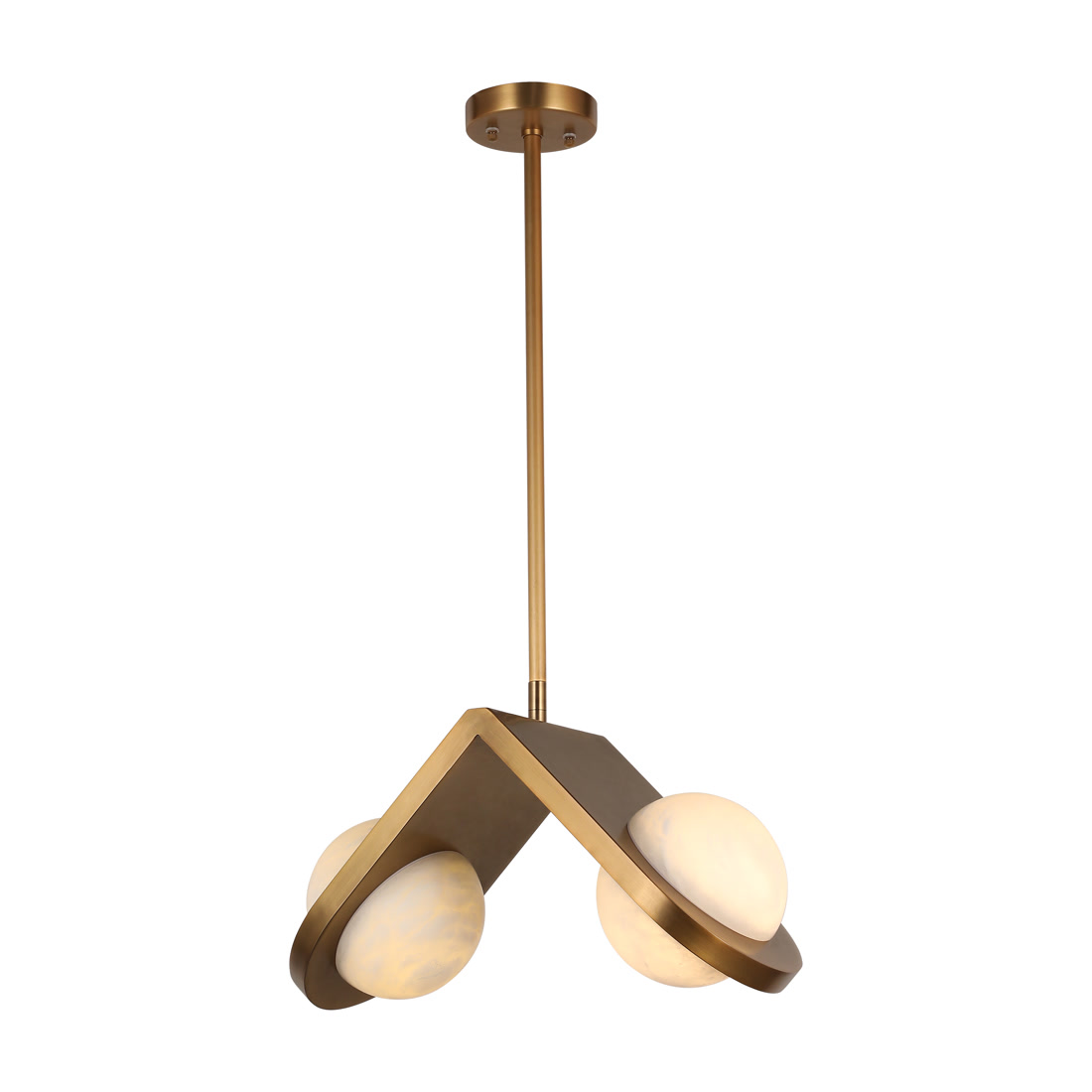Illuminating Design: Designers Who Influenced Lighting
Illuminating Design: Designers Who Influenced Lighting
Lighting plays a pivotal role in interior design, architecture, and the overall ambiance of spaces. From the soft glow of a bedside lamp to the dramatic impact of artfully placed chandeliers, the designs of lighting fixtures can greatly influence our daily lives. In this exploration, we delve into the designers who influenced lighting, highlighting their contributions and the profound effect they have had on lighting design as we know it today.
The Evolution of Lighting Design
Understanding the evolution of lighting design is essential to appreciate the impact of influential designers. Historically, lighting was primarily functional, with candles and oil lamps as the main sources. However, with the advent of electricity in the late 19th century, designers began to experiment with new materials and forms.
| Period | Key Innovations | Influential Designers |
| 19th Century | Introduction of electric lighting | Thomas Edison |
| Art Nouveau | Organic forms and new materials | |
| Mid 20th Century | Minimalism and industrial design | Louis Kahn, Richard Neutra |
| Contemporary | LED technology and sustainability | Ingo Maurer, Philippe Starck |
Influential Designers Shaping Lighting
1. Thomas Edison
Thomas Edison, often credited for inventing the practical light bulb, fundamentally changed how we light our homes and cities. His perseverance in creating the first commercially viable light bulb paved the way for electric lighting to become ubiquitous. Edison's work established the foundation of modern electric lighting design, making it accessible to the public.
2. Émile Gallé
Transitioning to the Art Nouveau movement, Émile Gallé introduced organic shapes and intricate glass designs that have greatly influenced today’s lighting fixtures. Known for his stained glass work, Gallé's pieces often featured floral and plant motifs, which added a sense of nature to interiors. His artistic approach inspired many contemporary designers to embrace the blend of art and functionality in lighting.

3. Louis Comfort Tiffany
Alongside Gallé, Louis Comfort Tiffany revolutionized lighting with his stunning stained-glass lamps. The iconic Tiffany lamp, with its elaborate designs and use of color, symbolizes the height of the Art Nouveau period. Tiffany's use of glass to create light fixtures was innovative, transforming lighting into an art form.
4. Louis Kahn
Moving into the mid-20th century, architect Louis Kahn influenced lighting through his architectural philosophy. Kahn's designs often emphasized the interplay between natural light and artificial light, creating spaces that changed with the time of day. His influence extends beyond just lighting fixtures to encompass the very essence of how spaces are illuminated.
5. Philippe Starck
A prominent figure in contemporary design, Philippe Starck has created numerous lighting solutions that embody playfulness and avant-garde Aesthetics. His approach often challenges traditional design norms, incorporating unexpected materials and forms. Starck’s work illustrates how contemporary needs for sustainability can merge with innovative design.
Key Trends in Lighting Design
The influence of these designers has paved the way for current trends in lighting design. Here are some of the most prominent trends:
- Smart Lighting: Integration of technology into lighting, allowing users to control brightness and colors through apps.
- Sustainable Materials: Designers are increasingly considering sustainable and recycled materials in their lighting solutions.
- Minimalist Designs: A focus on clean lines and simple forms reflects a shift towards minimalism in interiors.
- Bold Colors and Shapes: Designers are experimenting with vibrant colors and unconventional shapes to create statement pieces.
Choosing the Right Lighting for Your Space
When selecting lighting for your own projects, consider these crucial factors:
- Functionality: Assess the primary purpose of each light fixture, whether for ambiance, task lighting, or an aesthetic statement.
- Style: Choose lighting that complements the existing decor and theme of your space.
- Energy Efficiency: Opt for LED solutions to reduce energy consumption while providing ample illumination.
- Placement: Experiment with the placement of light fixtures to achieve the desired effect and look.
Conclusion: The Ongoing Influence of Lighting Designers
In conclusion, the designers who influenced lighting have not only changed how we illuminate our spaces but also how we perceive and interact with light itself. From the functional innovations of Thomas Edison to the artistic expressions of Tiffany and Gallé, these designers have sculpted the lighting landscape significantly.
As we move into a new era of design that values sustainability and technology, the influence of these pioneering designers continues to resonate. Future innovations will undoubtedly build on their legacies, challenging our perceptions of light and space.
When embarking on your journey of lighting design, remember to consider functionality, Aesthetics, and sustainability. Whether you’re a homeowner, designer, or architect, the choices you make will not only impact your immediate environment but also contribute to the broader dialogue around design and innovation.
By recognizing the contributions of these influential designers, we can better appreciate the artistry and functionality of lighting in our daily lives.
